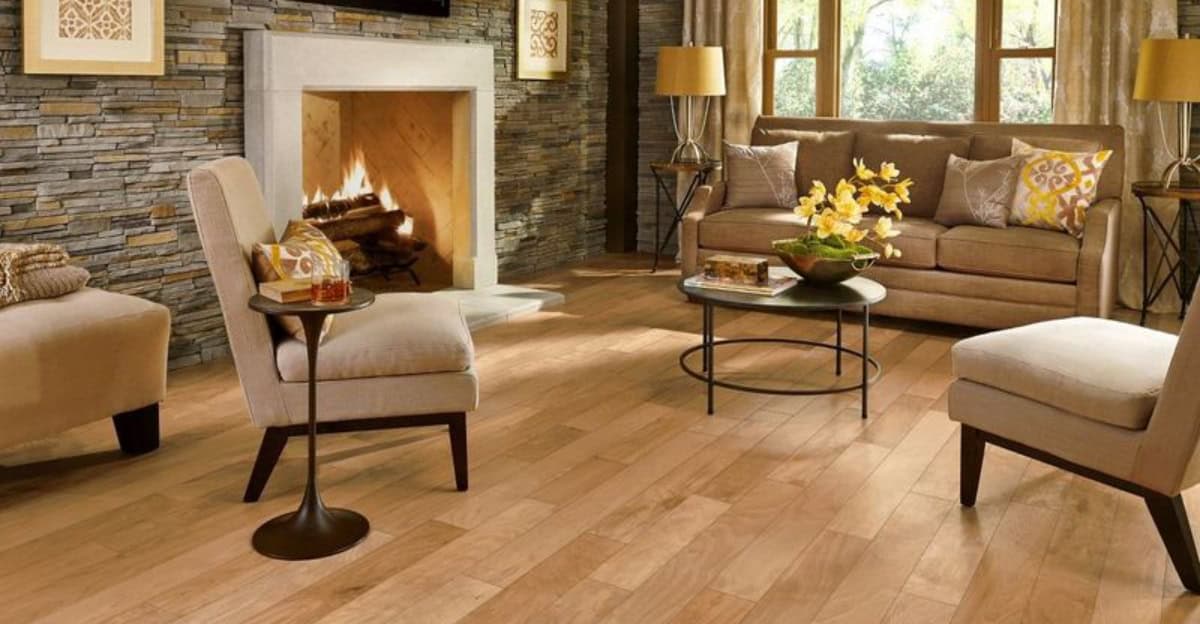Choosing the right flooring is crucial for both aesthetics and functionality in any home. Designers often have a knack for selecting the perfect materials that elevate a space while being highly practical.
Here, we explore 6 types of flooring that top designers consistently incorporate in their homes, offering both style and durability.
These choices not only reflect current trends but also stand the test of time, making them ideal options for anyone looking to refresh their living spaces.
1. Hardwood Flooring
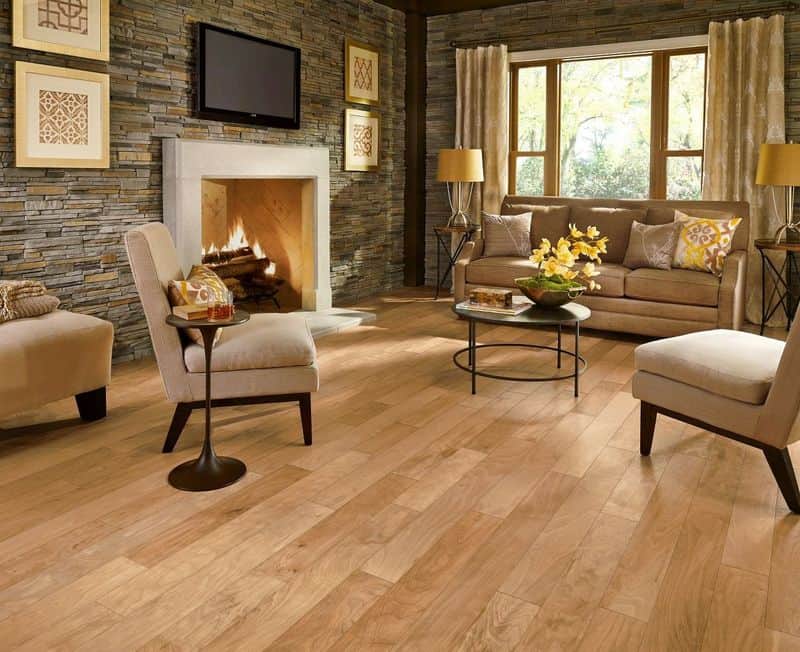
Hardwood flooring is a beloved choice among designers due to its timeless appeal and durability. Natural oak, cherry, or walnut brings warmth and elegance to any room.
The rich textures and grains make each plank unique, providing a classic look that complements both traditional and modern interiors.
In terms of maintenance, regular sweeping and occasional polishing keep the surface looking pristine. Hardwood is also value-adding, making it worthwhile in the long run.
Designers favor it for its ability to blend seamlessly with various color schemes and decor styles, ensuring versatility and longevity.
2. Natural Stone Tiles
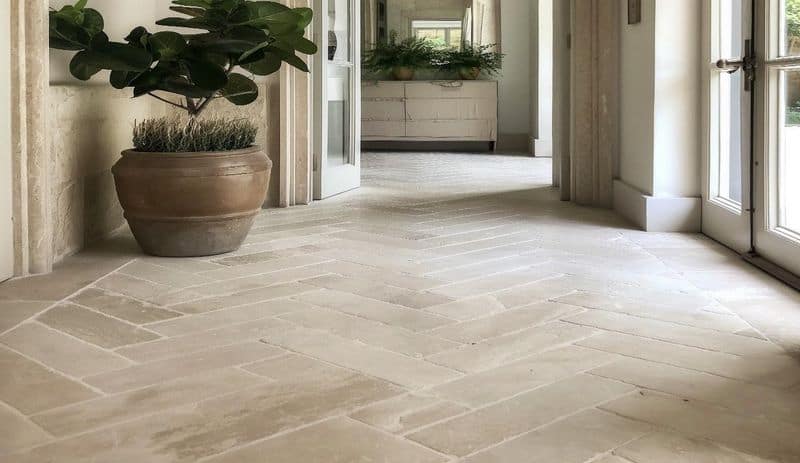
Natural stone tiles, like travertine or slate, are prized for their unique patterns and sophisticated appearance.
They add a touch of luxury to kitchens and bathrooms, offering both durability and a non-slip surface.
The earthy tones of stone tile complement rustic and contemporary designs alike.
Although installation can be costly, the longevity of stone tiles justifies the investment. They require sealing to protect against stains but are generally easy to clean.
3. Luxury Vinyl Planks
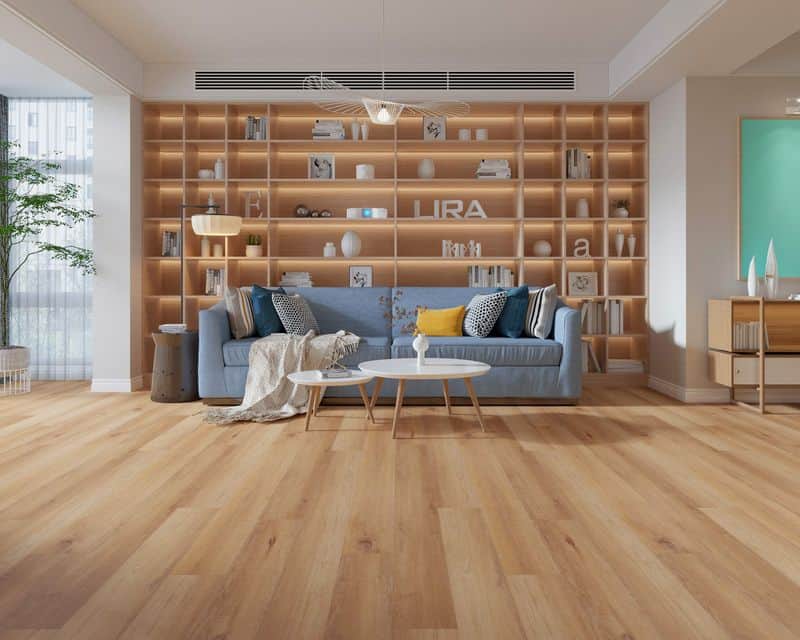
Luxury vinyl planks (LVP) are a designer favorite for their affordability and impressive mimicry of natural wood.
They offer a high-end look without the high maintenance. LVP is water-resistant, making it ideal for areas prone to moisture like kitchens and bathrooms.
Installation is generally straightforward, often featuring a click-lock design. This flooring is comfortable underfoot and provides sound insulation, enhancing the comfort of any room.
Easy to clean and available in a variety of finishes, LVP allows for creativity in design without sacrificing quality or durability.
4. Ceramic Tiles
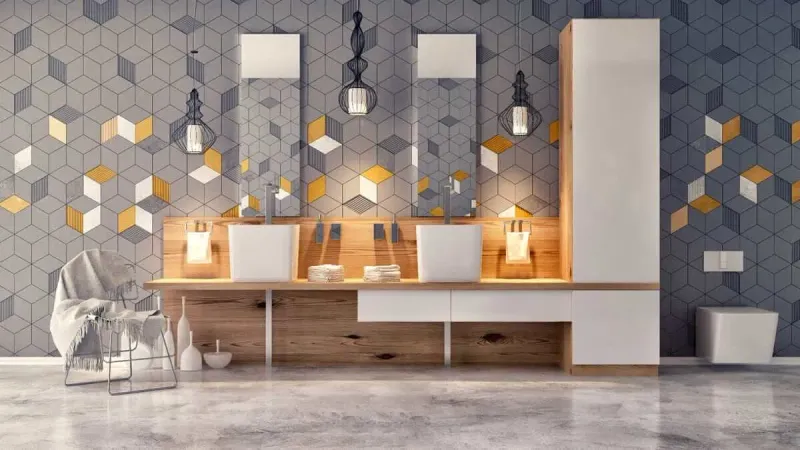
Ceramic tiles are favored by designers for their versatility and low maintenance.
Available in numerous colors and patterns, they can enhance any bathroom or kitchen with a polished look.
Ceramic is water-resistant and durable, making it a practical choice for busy households.
While the installation process requires precision, the results yield a seamless, elegant finish.
When paired with underfloor heating, they provide warmth and comfort, transforming a simple floor into a luxurious feature.
5. Bamboo Flooring
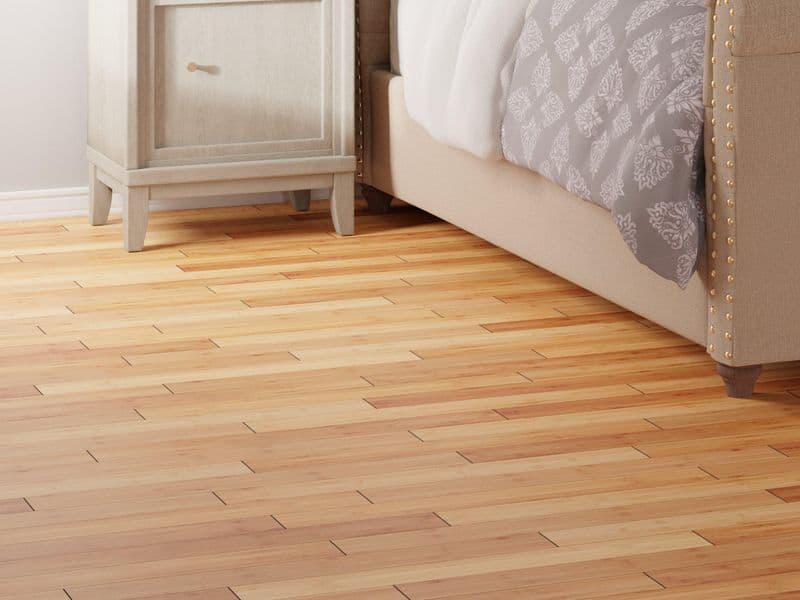
Bamboo flooring is embraced by eco-conscious designers seeking sustainable options. Known for its strength and resilience, bamboo offers a stylish alternative to traditional hardwood.
It features natural variations in color and texture, providing a unique visual appeal.
Easy to maintain, bamboo floors simply require regular sweeping and occasional mopping.
Designers choose bamboo not only for its environmental benefits but also for its aesthetic versatility, as it complements both minimalist and eclectic interiors.
Its eco-friendly nature and chic appearance make it a popular choice for modern homes.
6. Polished Concrete
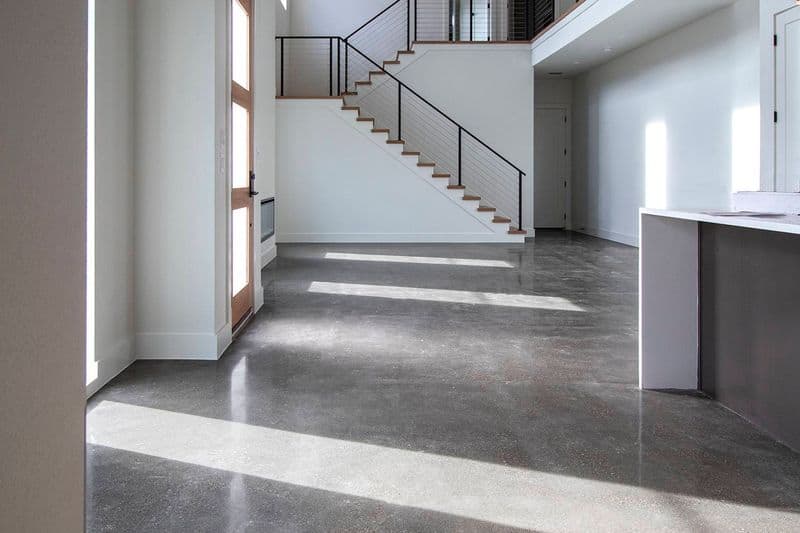
Polished concrete flooring is the go-to for designers aiming for an industrial or modern aesthetic. Its seamless finish and reflective surface add a contemporary edge to lofts and open-plan spaces.
This flooring is remarkably durable and can withstand substantial wear.
Maintenance is minimal, with occasional resealing required to maintain its luster.
Concrete is also an excellent conductor of radiant heating, providing warmth in cooler climates.

